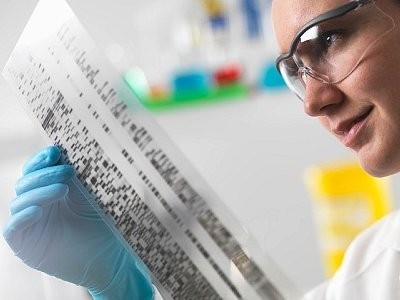 Although the exact cause of rosacea is unknown, various theories about the disorder's origin have evolved over the years. These have often related to its primary outward signs and symptoms: flushing and redness, bumps and pimples, and the small visible blood vessels called telangiectasia. The range of possible causes has included defects in the immune system, nervous system and facial blood vessels, and the presence of microbes and Demodex mites. Anecdotal evidence also suggests that a susceptibility to developing the disorder may be inherited, and genetic studies are now under way.
Although the exact cause of rosacea is unknown, various theories about the disorder's origin have evolved over the years. These have often related to its primary outward signs and symptoms: flushing and redness, bumps and pimples, and the small visible blood vessels called telangiectasia. The range of possible causes has included defects in the immune system, nervous system and facial blood vessels, and the presence of microbes and Demodex mites. Anecdotal evidence also suggests that a susceptibility to developing the disorder may be inherited, and genetic studies are now under way.
Today, increased research in rosacea, including a multitude of studies supported by the National Rosacea Society (NRS), is yielding a growing body of scientific information that not only identifies vital new areas of study, but better defines the potentially meaningful aspects of long-standing theories. As expanding knowledge forms a mosaic that increasingly reveals the origins and disease process of rosacea, this greater understanding may lead to important advances in its treatment, prevention and potential cure.
To learn more, read about what medical research has discovered to date on the potential causes of rosacea:
• Genetics
Acknowledgment: This section was reviewed and edited by Dr. Jonathan Wilkin, former director of Dermatological and Dental Products, U.S. Food & Drug Administration.